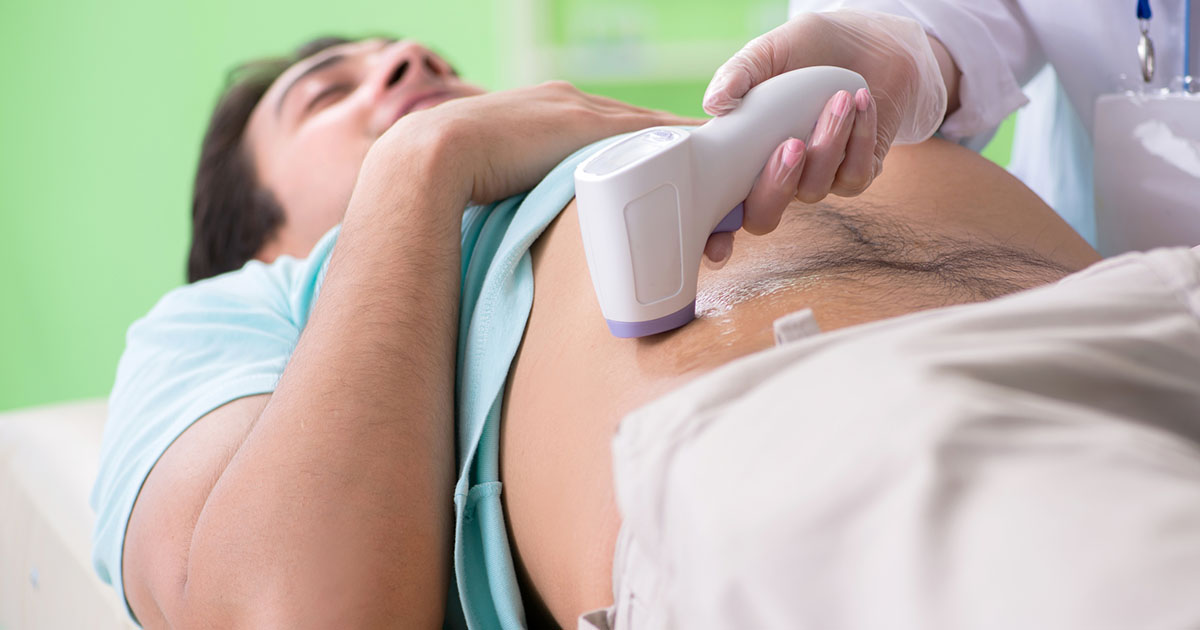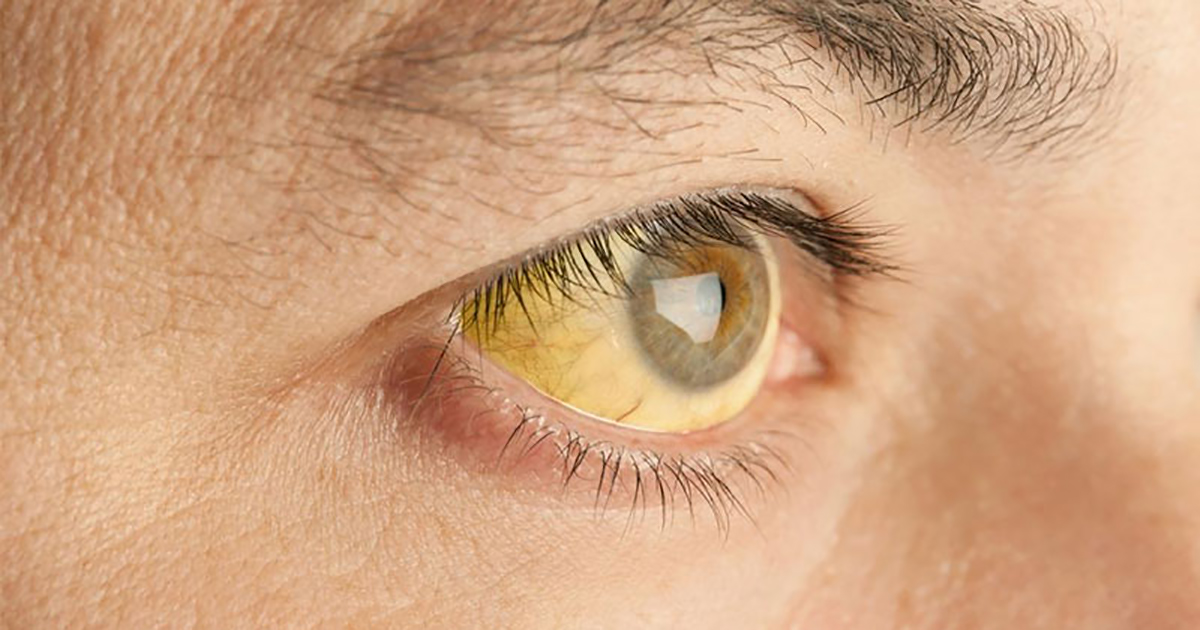Symptoms Of Acquired Hemolytic Anemia
Enlarged Spleen And Liver

Another worrying symptom of acquired hemolytic anemia is the presence of an enlarged spleen and liver. The spleen, the organ that filters out aged or damaged blood cells and fights infections, may become enlarged due to the stress put on this organ by the death of red blood cells. The liver, which breaks down hemoglobin and excretes bilirubin, may become inflamed or enlarged as bilirubin concentrations in the blood increase. Known as pre-hepatic bilirubin, conditions such as acquired hemolytic anemia may cause the excessive deterioration and death of red blood cells before they reach the liver, resulting in an upsurge in bilirubin level. This compound, known as unconjugated bilirubin, is toxic unless filtered by the liver. The liver can then become enlarged as it attempts to process a disproportionate amount of this unconjugated bilirubin. While visually undetectable, the enlargement of one or both of these organs can cause significant abdominal pain, which should prompt a visit to a healthcare professional.
Jaundice

Also known as icterus, jaundice is a noticeable and easily recognized symptom of both acquired hemolytic anemia and the enlarged liver associated with unusually high bilirubin. Jaundice is typically described as a noticeable yellowing of the skin or the whites of the eyes. This condition occurs when red blood cells die off and release bilirubin into the bloodstream. This compound, normally excreted in manageable levels from the liver, builds to excessive levels as more red blood cells die prematurely, prompting this distinct change in physical appearance. The liver has not processed the unconjugated bilirubin, and as such is toxic to the body. Surplus bilirubin may also lead to a discoloration of the urine.
